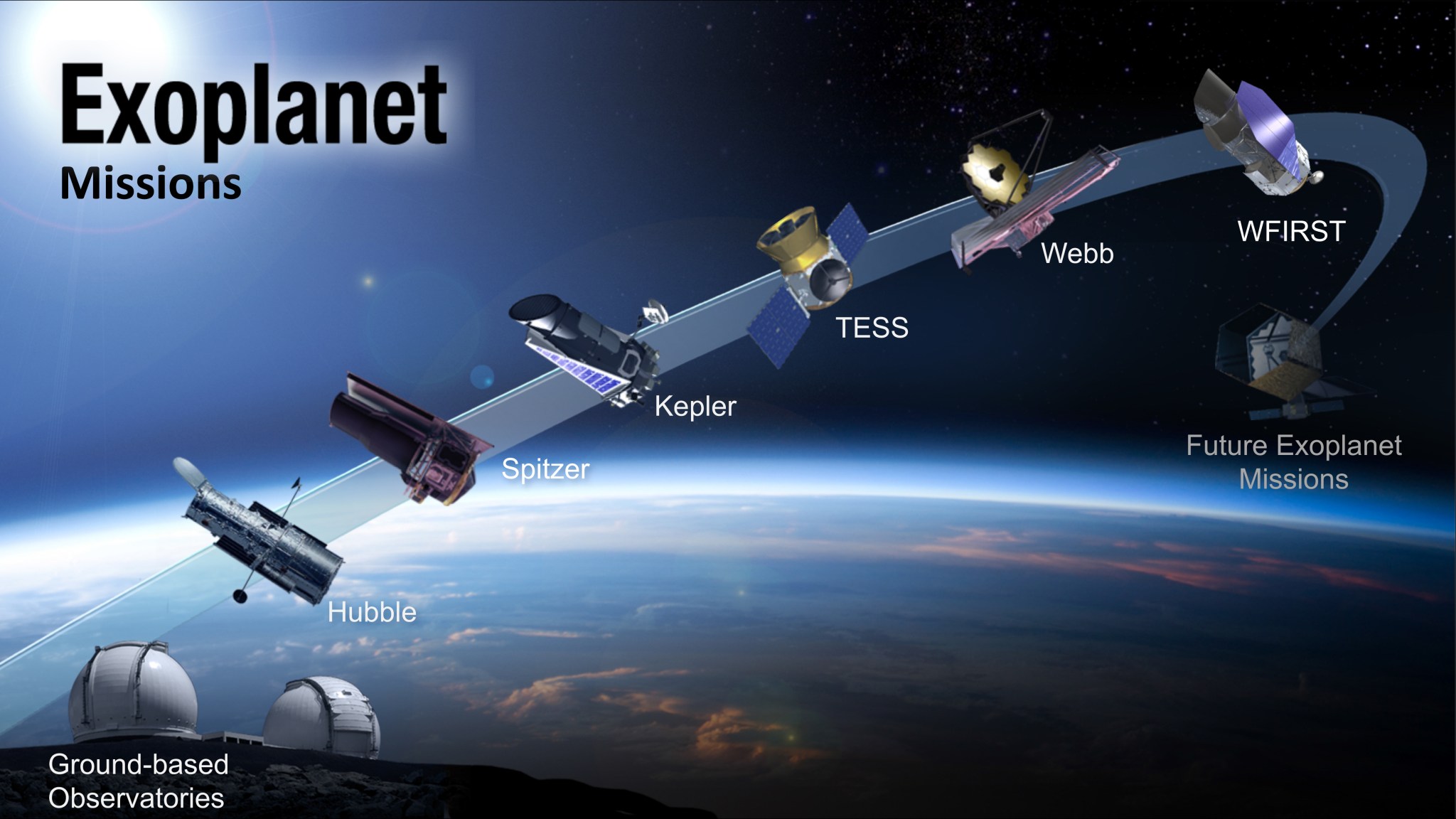NASA will hold a media briefing at 11 a.m. EDT Monday, June 19, to announce the latest planet candidate results from the agency’s exoplanet-hunting Kepler mission. The briefing, taking place during the Kepler Science Conference, will be held at NASA’s Ames Research Center in California’s Silicon Valley.
The event will stream live on NASA’s website at:
The latest Kepler catalog of planet candidates was created using the most sophisticated analyses yet, yielding the most comprehensive and detailed accounting of distant worlds to date. This survey will enable new lines of research in exoplanet study, which looks at planets outside our solar system.
The briefing participants are:
- Mario Perez, Kepler program scientist in the Astrophysics Division of NASA’s Science Mission Directorate in Washington
- Susan Thompson, Kepler research scientist at the SETI Institute in Mountain View, California
- Benjamin Fulton, doctoral candidate at the University of Hawaii at Manoa and the California Institute of Technology (Caltech) in Pasadena
- Courtney Dressing, NASA Sagan Fellow at Caltech
NASA Media Advisory
NASA Press Release
Video – Press Conference
Audio – Press Conference
Short Video – NASA’s Kepler Reveals Potential New Worlds
Video News File – NASA’s Kepler Reveals Potential New Worlds
Scientific paper – Planetary Candidates Observed by Kepler. VIII. A Fully Automated Catalog with Measured Completeness and Reliability Based on Data Release 25
Figure 1
Credits: NASA Ames and Dana Berry
Figure 2
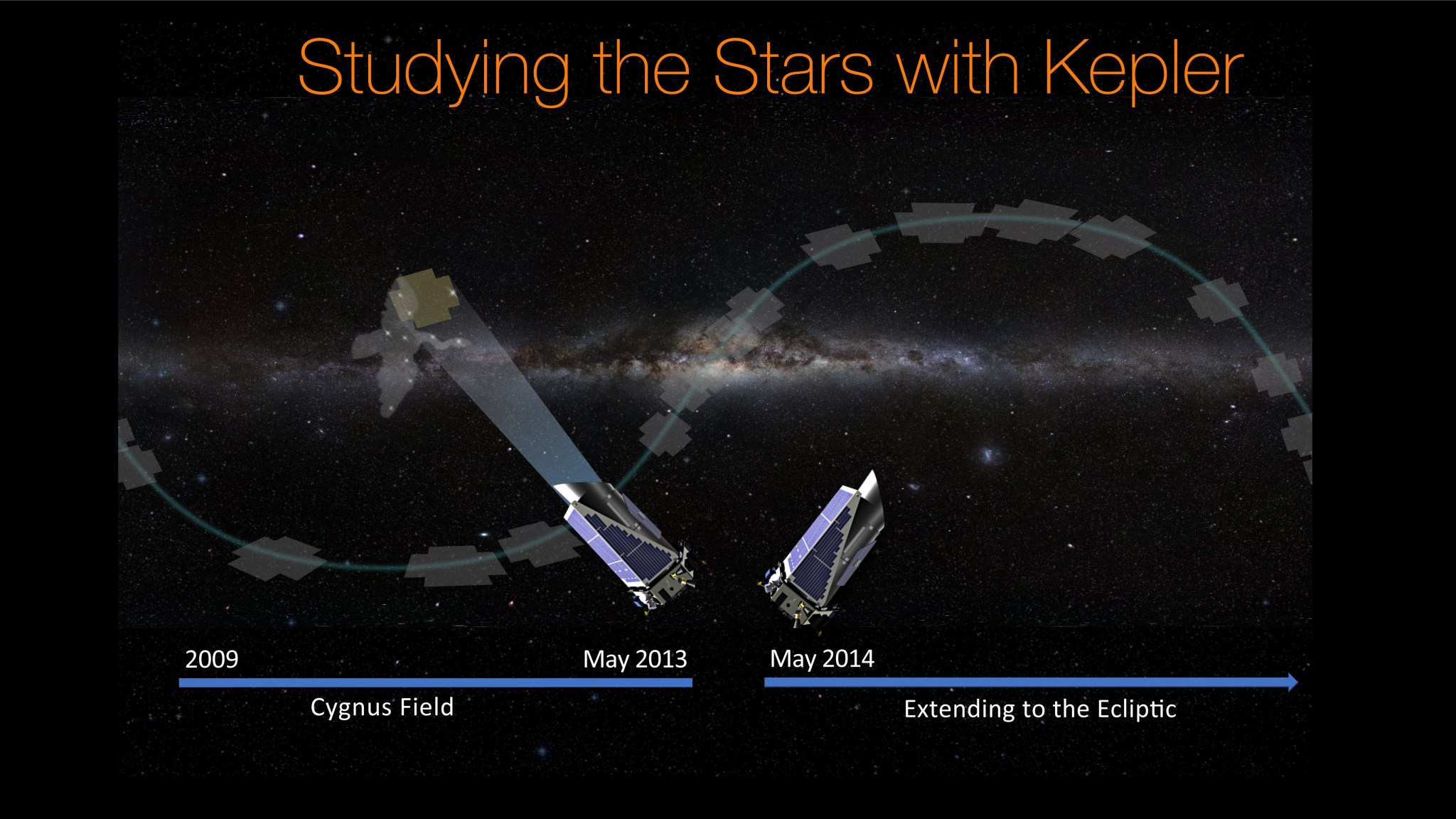
Studying the Stars with Kepler
Figure 3
Figure 4
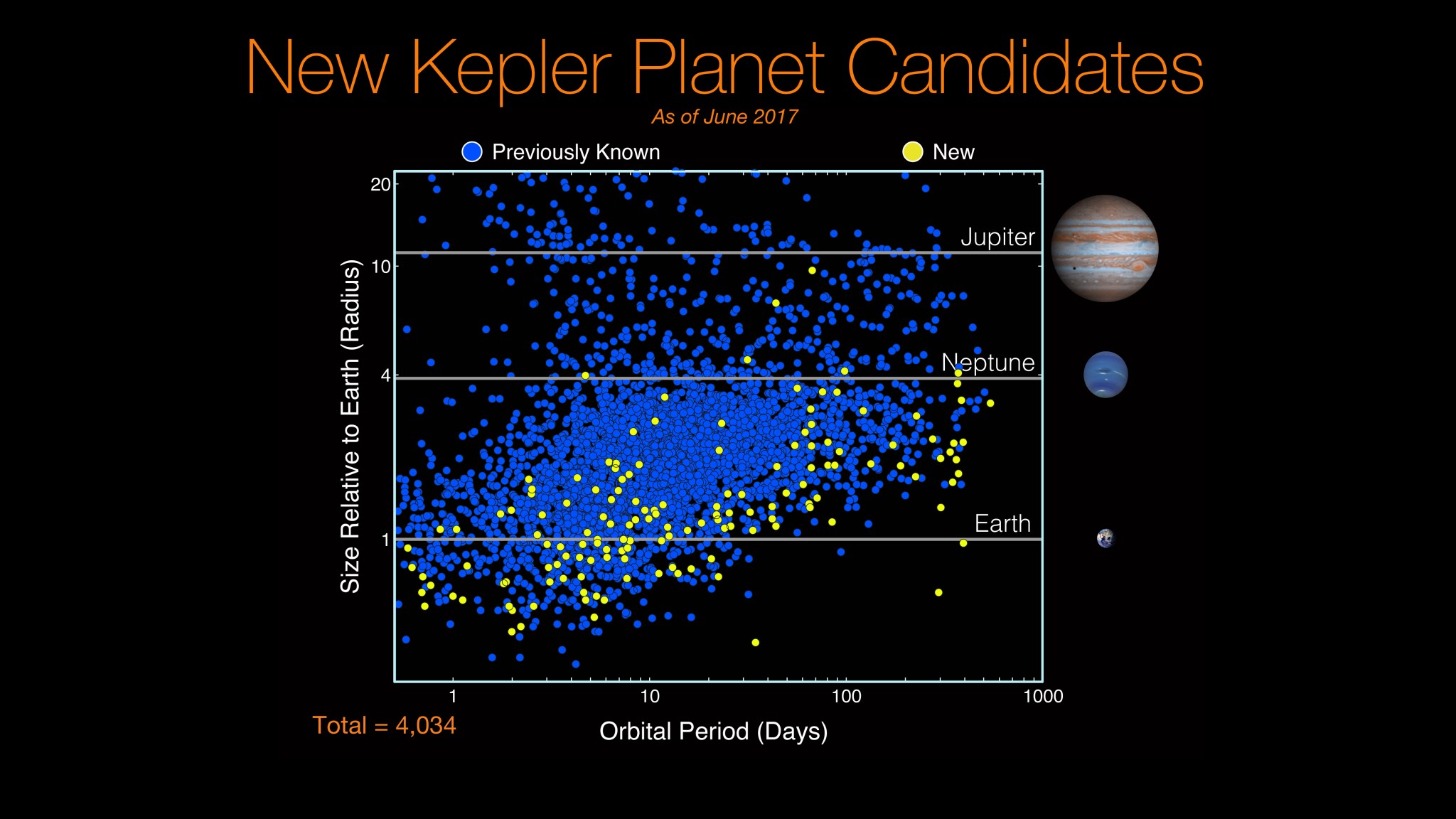
New Kepler Planet Candidates
Figure 5
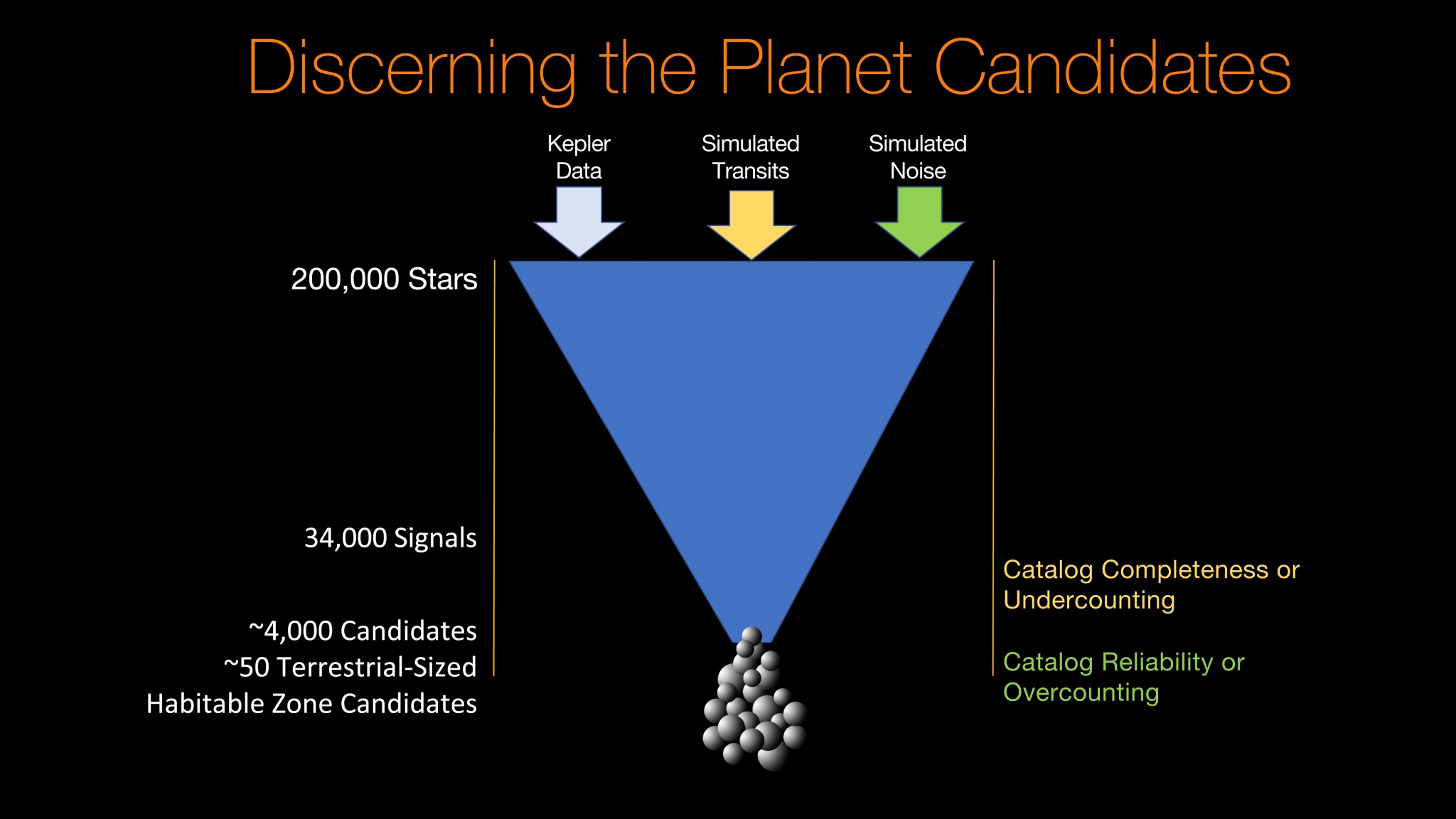
Figure 6
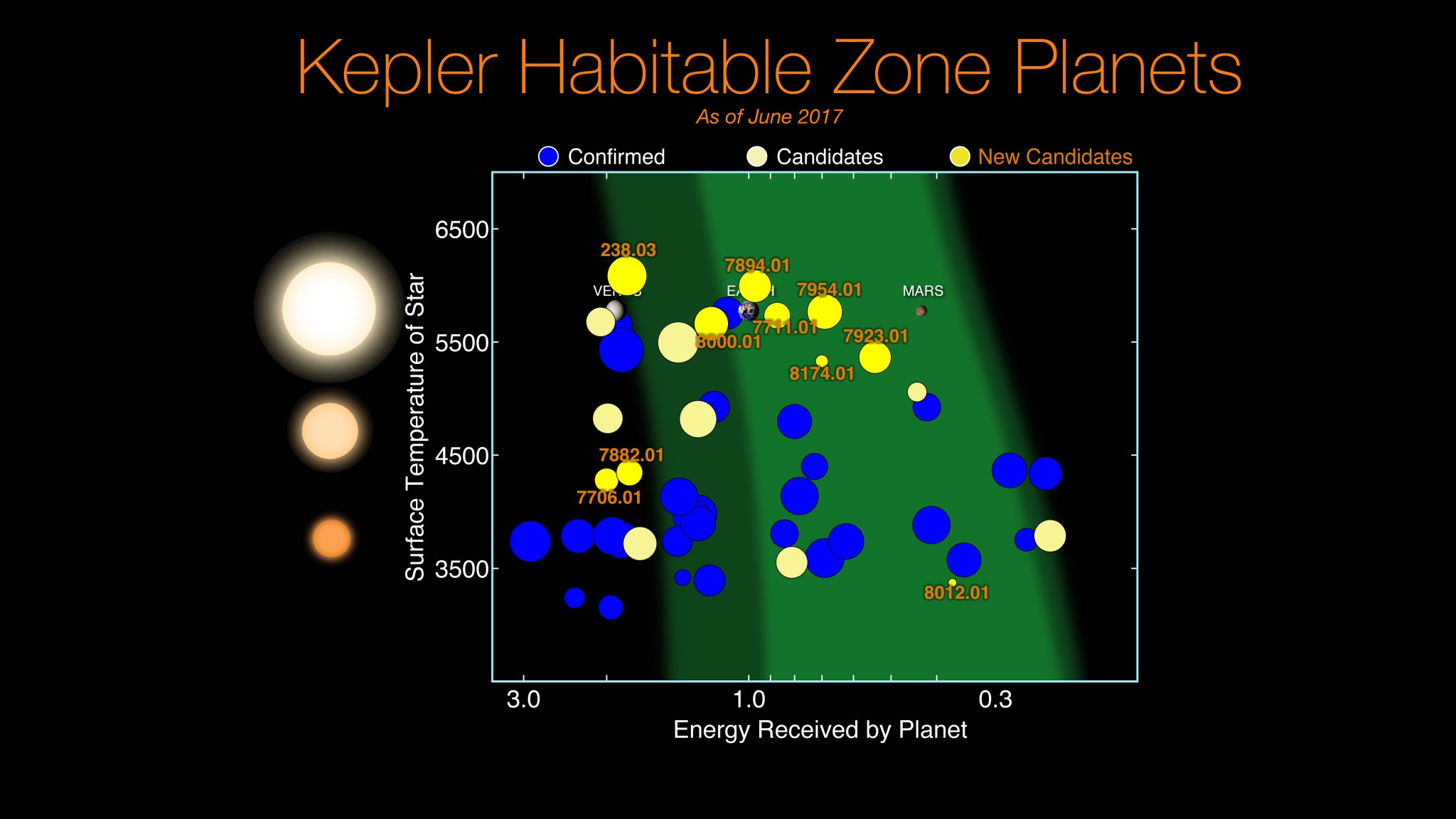
Kepler Habitable Zone Planets
Figure 7
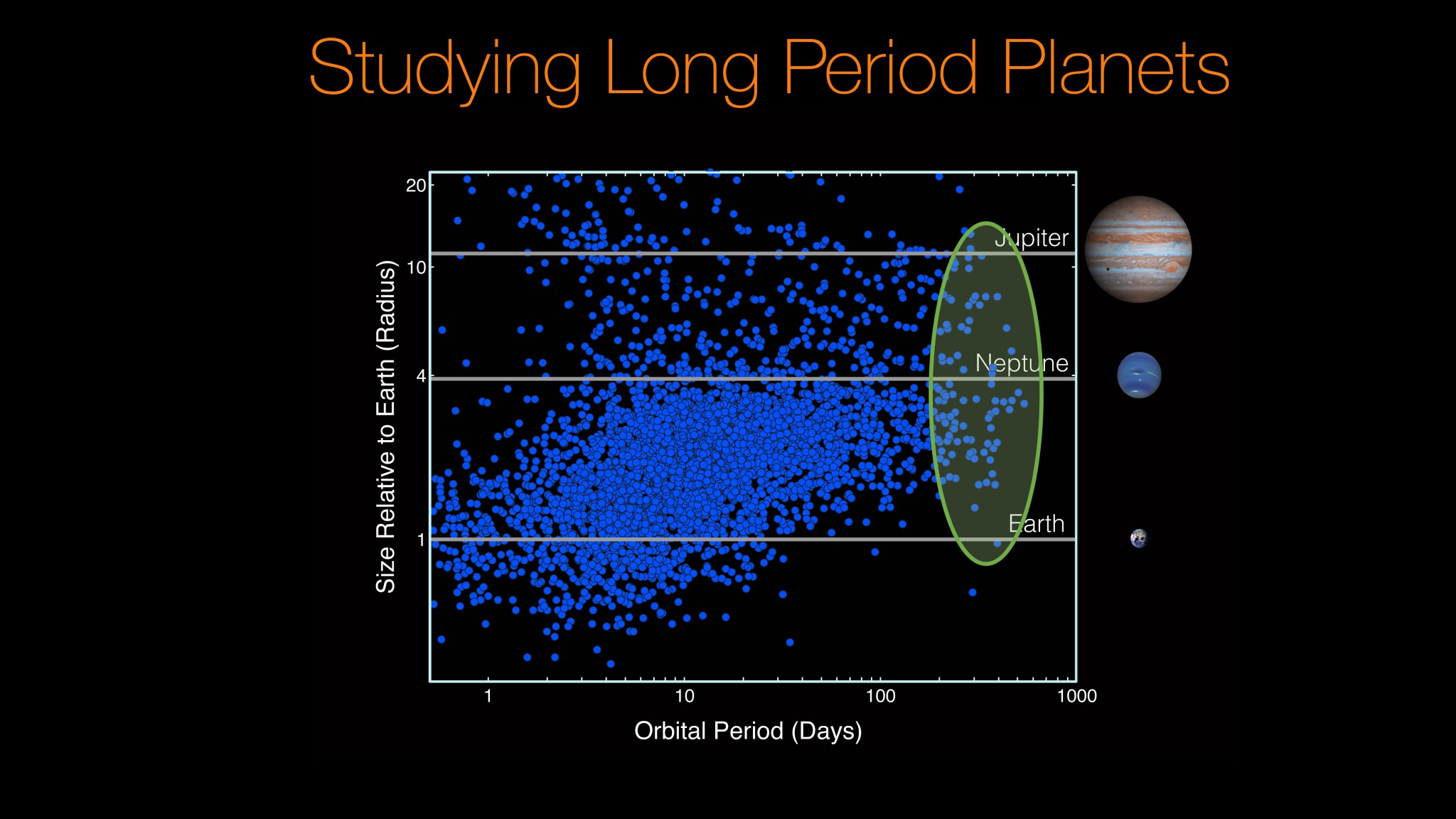
Figure 8
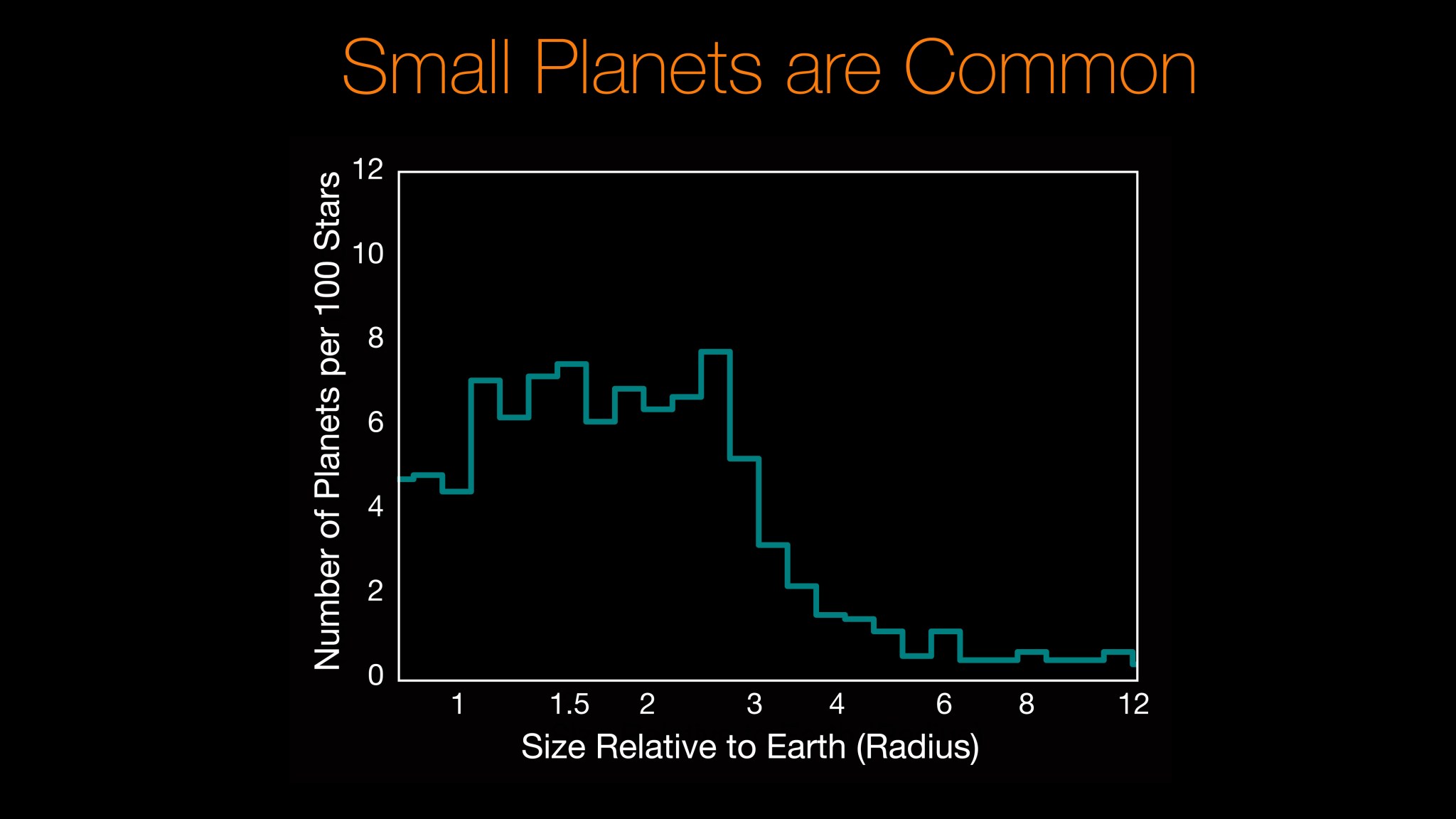
Figure 9
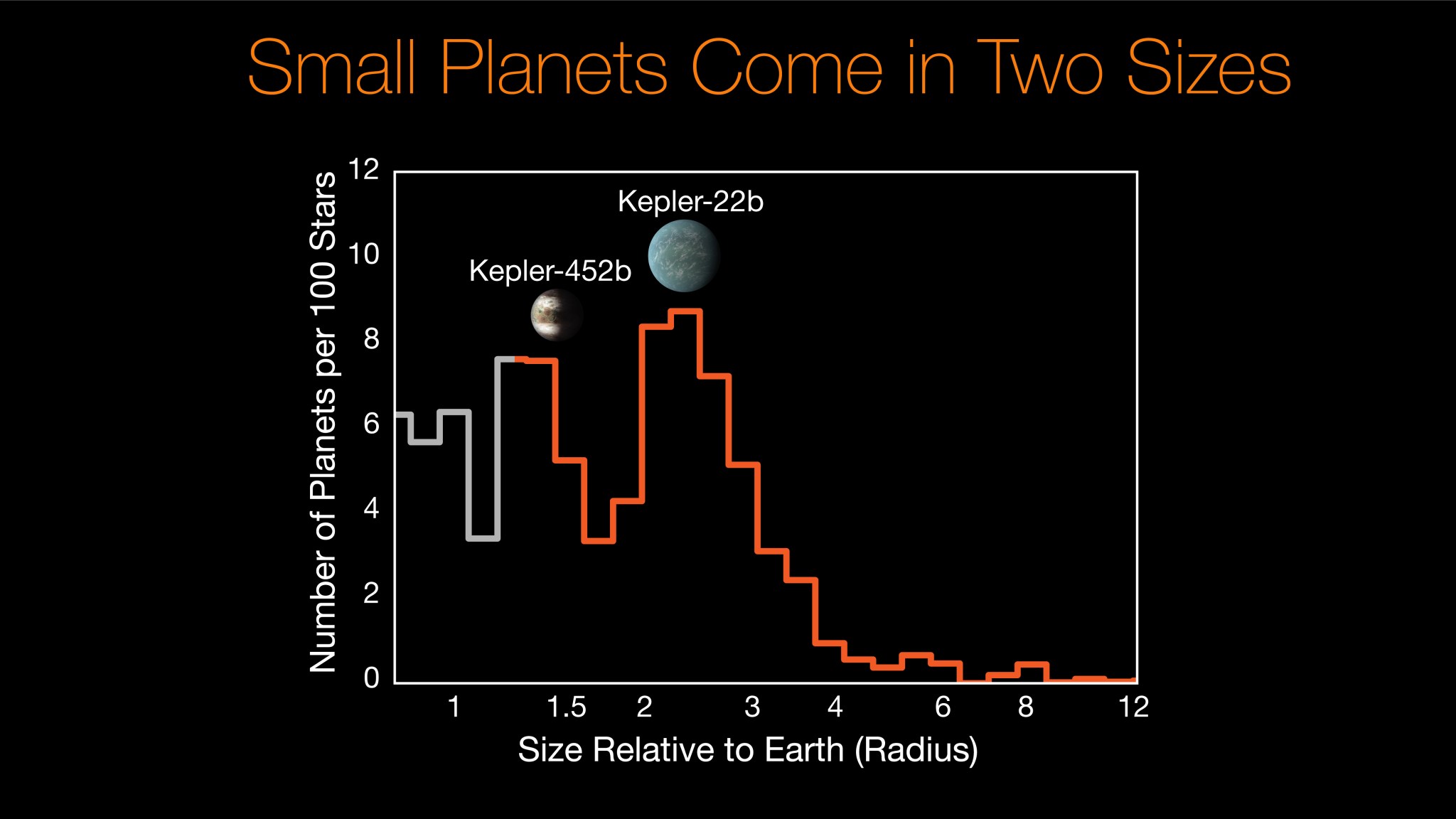
Figure 10
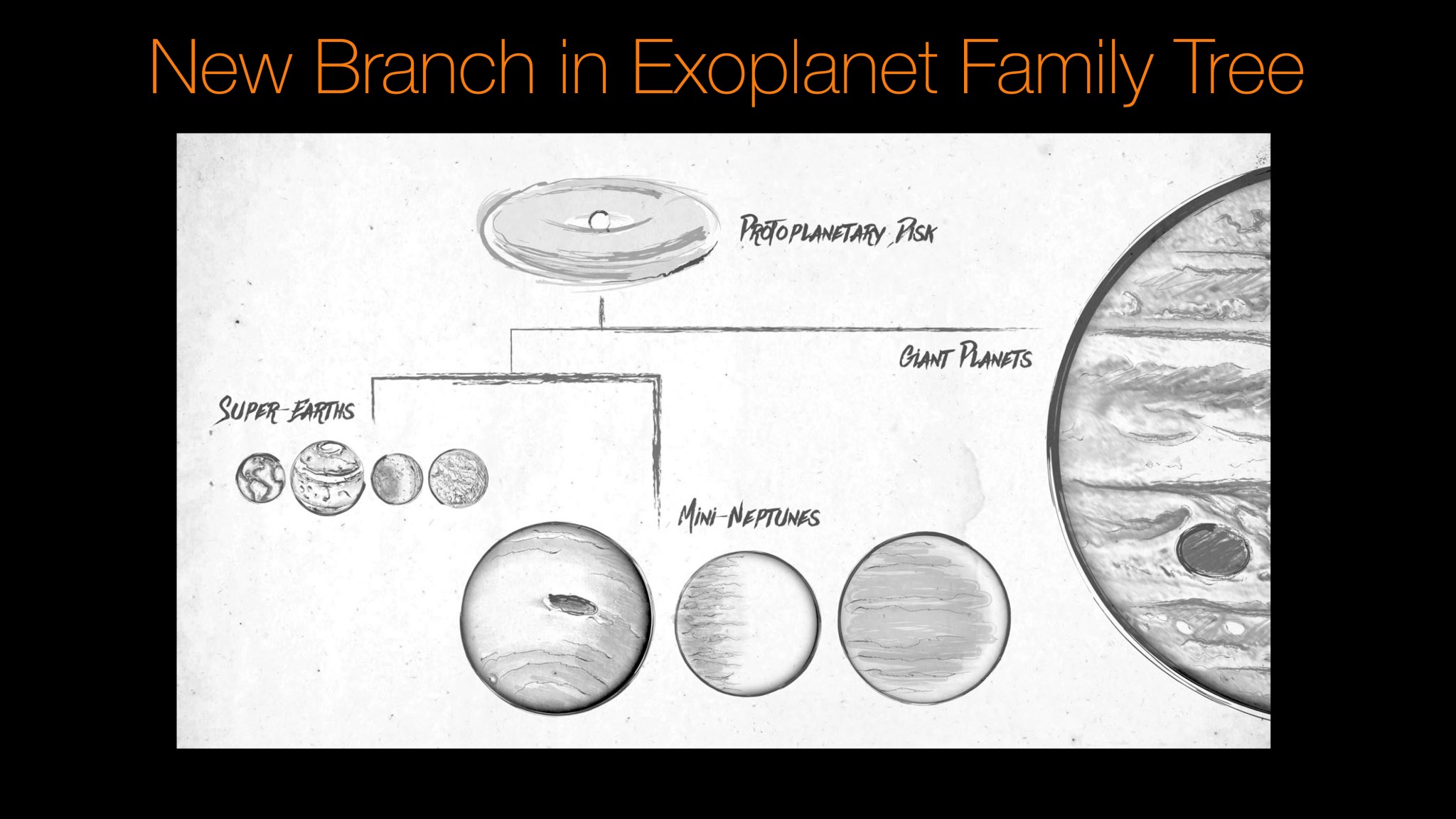
New Branch in Exoplanet Family Tree
Figure 11
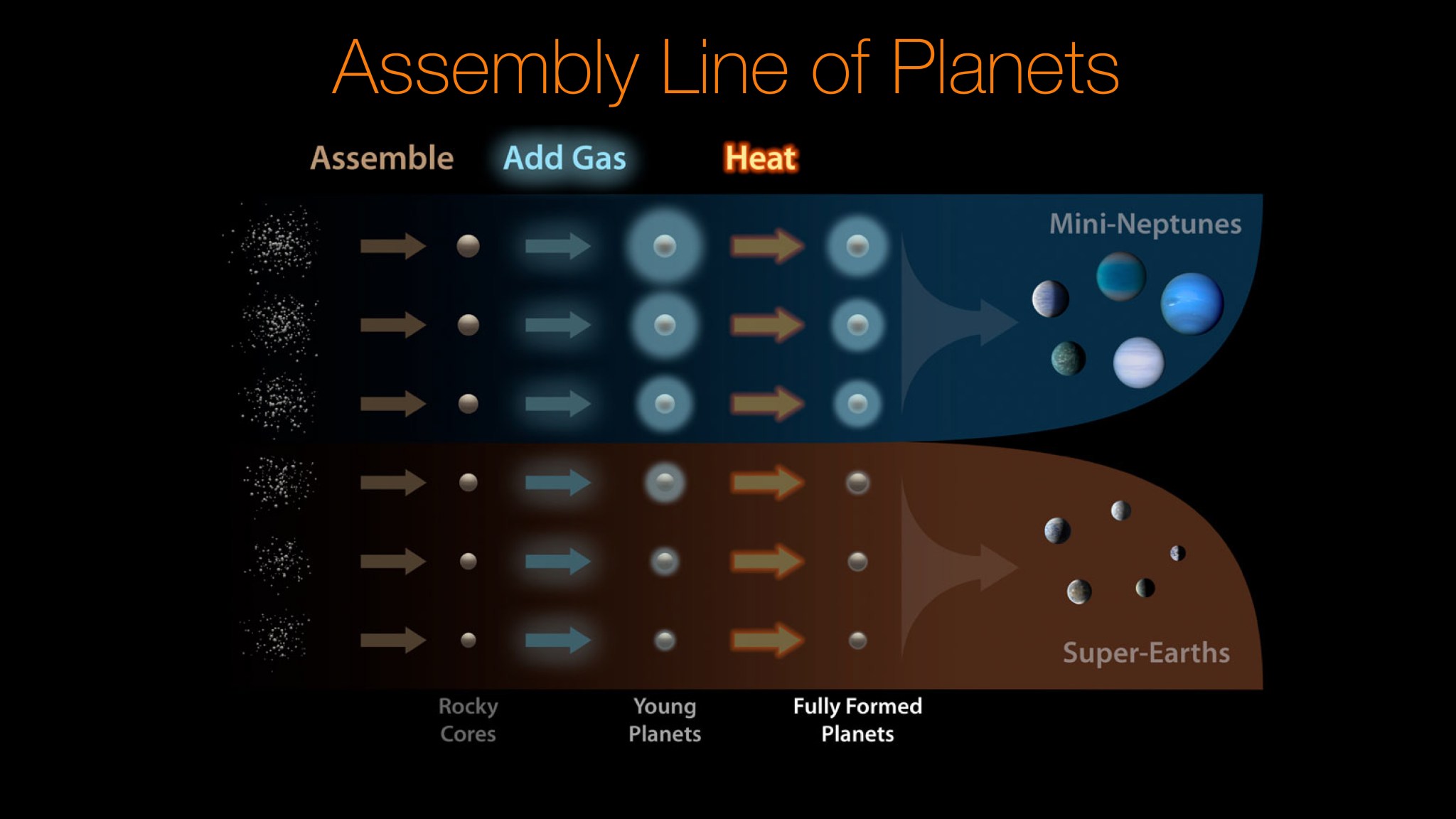
Assembly Line of Planets
Figure 12
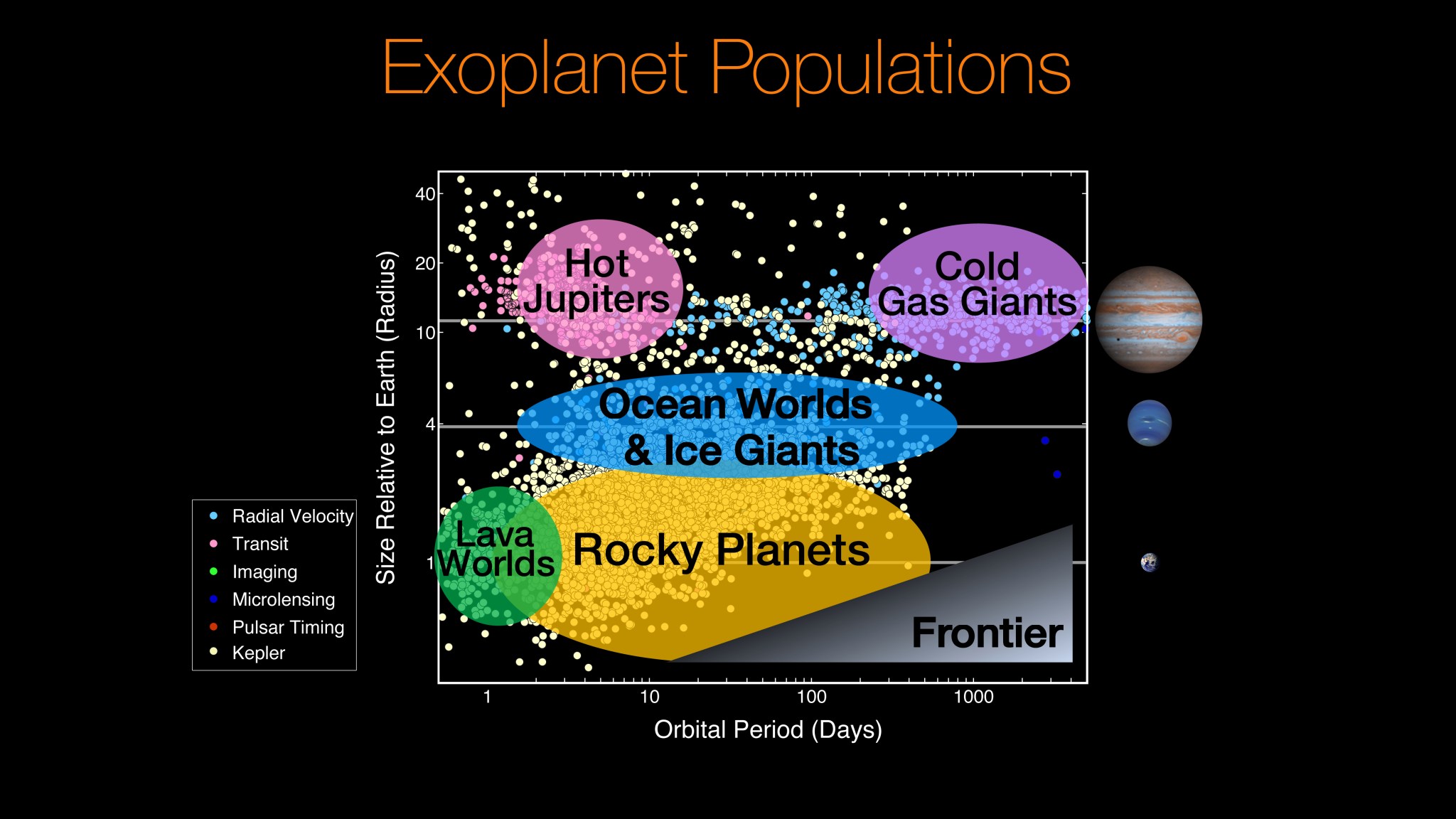
Exoplanet Populations





























